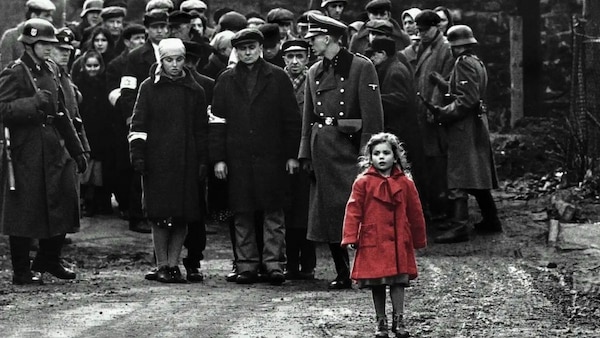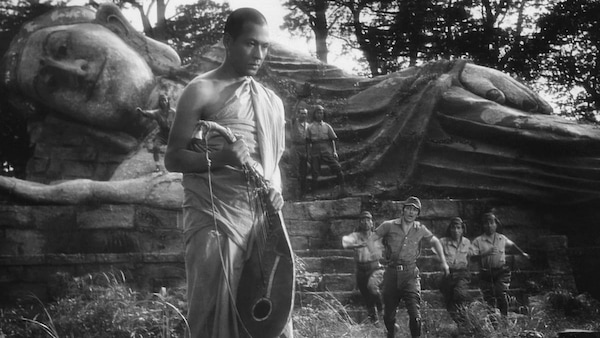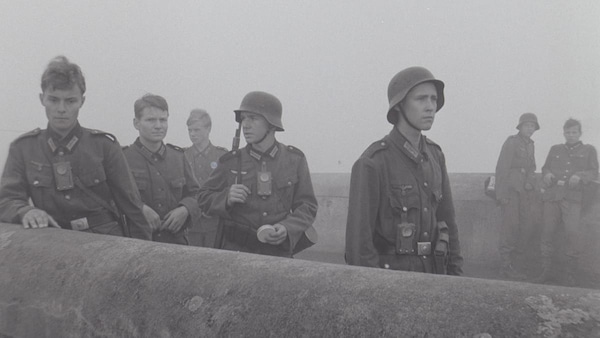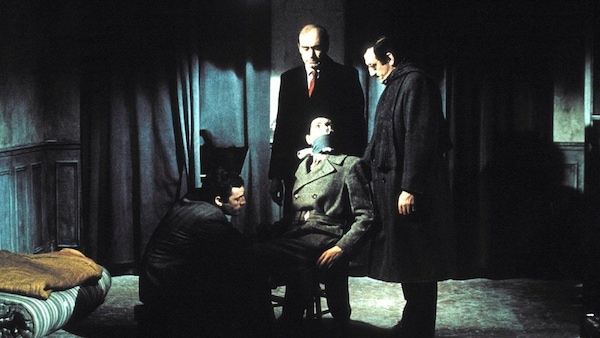World War II Films: Their historical context and whether they remain relevant today
World War II movies have always been an integral part of cinematic history. Here's a rundown on how some of them were important during their times and how they have managed to stay relevant (or not).

Last Updated: 11.10 PM, Sep 13, 2021
The second world war had a lasting impact on global events of the time. Through the six years between 1939 and 45, nations crumbled under forces that refused to reconcile with each other. As lives and resources got razed one by one, Germany, Italy, Japan, France, Great Britain, the United States, the Soviet Union and lesser portions of China, stood embroiled in strife that would see destruction like few other historical mass genocides.
Understandably then, these events have often found a channel through cinema, with artists backing authentic (and sole lesser so) portrayals of the tumult and chaos that humankind was suddenly thrust towards. While some films have stood the test of time, becoming testaments to the atrocities, and suffering that this unforgiving period witnessed, others have aged less well. But more often than not, the depiction resulted in stirring, introspective looks in World War II. From capturing political shifts in ethos to the humane aspects of war, some films have done a fascinating job of transforming into cinematic tableaus of the period.

Kon Ichikawa’s 1956 feature titled The Burmese Harp spotlighted the mass extermination of Japanese soldiers after they fought in the Burma Campaign. The aftermath of the incident was captured in keen detail. The story follows Private Mizushima, the sole survivor of the battle. Overwhelmed by the enormity of war, Mizushima disguises himself as a Buddhist monk who comes to bury the dead. The film traced the country’s absolute infirmity that followed the death of thousands of soldiers. Ichikawa once said in an interview that The Burmese Harp was “the first film I really felt I had to make.” His other feature, Fires on the Plain (1959) also chronicles a similar theme of the world being plagued by living, who remain mere skeletons of their once-former selves.

Bernhard Wicki’s The Bridge (1959) paints a similar picture of the mass deaths that befall on German lands. The story unfolds in an unassuming German town in the western half of the nation. Young, impressionable boys, commissioned on an American mission, take up the responsibility of guarding a particular bridge against the German army. The film peels off the clash of two nations and their ideals. Wicki juxtaposes the pure idealism of young American troops and the ironic and tragic end they witness. A riveting scene in the film showcases a jarring finale when the camera pans off to place mid-frame a fallen bridge, and underneath it, a mound of dead bodies, thrown as gunnysacks.
The significance of the scene was to bring out the apathy that a global war of this stature brought to the fore. The umpteen sacrifices of these young, unadulterated minds (both on American and German sides) barely earned a mention in the annals of history. Wicki not only traces the futility of war but also backs it up, almost claiming that war makes man savage, embittered mechanical beings who run on fundamentalist views and have little regard for the sensitive. The film essentially sheds light on the heartless phenomenon of the so-called Volksstrum, a situation that arose in October 1944, because of which all male members (between 16 and 60) were drafted for war, to fight against Germany.

Another masterpiece that captures the angst of war, but in a more dynamic light is French filmmaker Jean-Pierre Melville’s Army of Shadows (1969). Closely based on Joseph Kessel’s book, the film charts the events that occurred during the French Resistance. Following Philippe Gerbier (played by the inimitable Lino Ventura), the film laid the foundation of the depiction of France in films such as Louis Malle’s Lacombe, Lucien (1974). The film received heavy flak for the glorification of Charles De Gaulle, especially since it followed the tumultuous times after 1968. The backlash was so grave that the film was not screened in the US till as recent as 2006.
Melville’s portrayal added an extra sheathe of authenticity to the narrative since it was being developed by someone who had actually participated in the Resistance “stated he wanted “to show things I have seen that I have experienced.”

Infamously a subject of critique, Germany also produced gems post World War II. Max Fäberböck’s 2008 incisive feature A Woman in Berlin depicted the heinousness of German crimes, but it also held up the paradoxes behind such a move, the ambiguity of war, the toxicity that brews when you cannot face your ideologies. Highlighting the end of the war, A Woman in Berlin specifically covers the entry of the Russian mega-force, the Red Army. The mastery of the film lies behind the depiction of the Red Army as perpetrators of the same crimes they were fighting against. The mass rapes of young, innocent German girls partially gain centre stage in the film.
Nina Hoss as the hauntingly lonesome figure amidst the chaos brought in accolades for the actor. The film’s chaos ran parallel to her own as she tried navigating spaces that she did not know she ought to. Fäberböck injected in the narrative a pathos that ensured that the fate of the most-hated nation also gets exposed to the world. His poignant works helped tip the balance slightly better than scores of features dedicated to the anti-German narrative made hyper-sensational over the years.
Any discussion of the second world war seems completely futile without discussing Steven Spielberg’s 1993 American saga Schindler's List, based on Schindler's Ark penned by Australian novelist Thomas Keneally. The film, which bagged multiple Academy Awards at the time, was a true testament to the trauma that the global event left on people, especially the prisoners of war. German industrialist Oskar Schindler’s (Liam Neeson) benevolence stood mighty and proud against SS officer Amon Göth’s (Ralph Fiennes) unflinching tyranny.
Depicting life in and around the concentration camps, the film hardly shied away from exposing the truths about the disparity in human statuses among the German and the non-German. Treated as fodder for their mental fancies, the Jews and Polish underdogs suffered silently, as the ‘SS-machina’ inflicted pain, brutality, and torture on hapless souls, begging for mercy. In fact, the film was such an honest depiction, that literary scholar and Auschwitz survivor Ruth Kluger praised the film as "the most impressive filmic opus on the Jewish catastrophe.” For decades critics have held polarized opinions about the film, but have always concluded that the film is the perfect blend of commercial market-consciousness and the need to also remain authentic in the face of such a sensitive issue.

